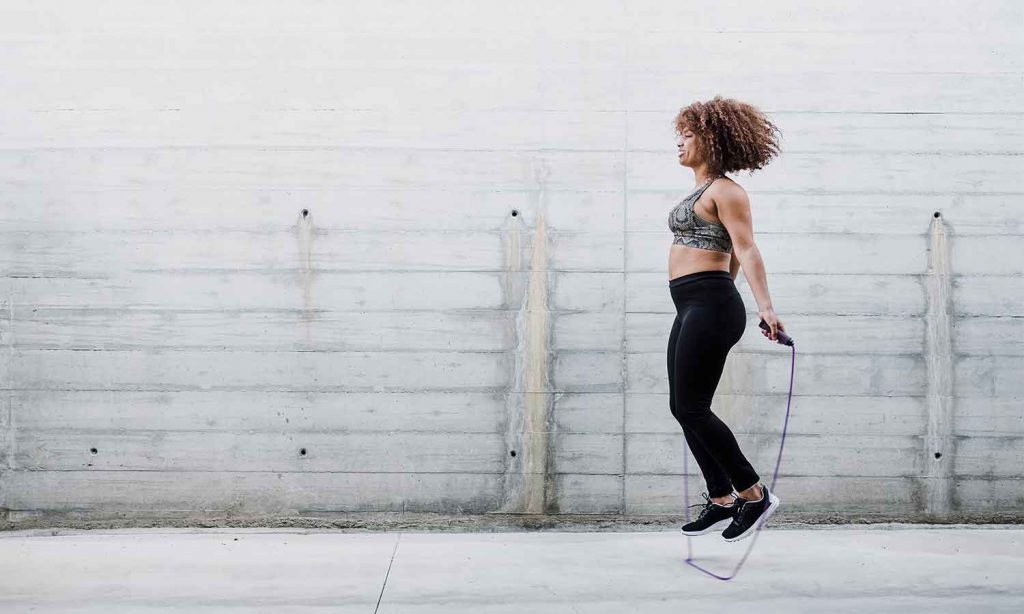Take your workout to a new level with cycle-syncing — just like the US women’s soccer team did when they won the 2019 World Cup. Not sure what I’m talking about? The US women’s soccer team are early adopters of cycle-syncing their training, which means adjusting their workout and nutrition plans to align with the modern person’s menstrual ebb and flow (pun intended). Considering they won the 2019 World Cup and are a consistently high performing team, it’s pretty clear that cycle-syncing workouts work!
First things first, let’s get to know the basics when it comes to our monthly cycle. Essentially there are four key phases to get to know; menstruation, follicular, ovulation and luteal. Throughout these phases, different hormones are produced to ultimately prepare the body for fertilisation and pregnancy. And yep, these hormones affect our energy levels and nutritional cravings.
The best place to start is by tracking your cycle. This will help you understand the different stages of your cycle, how these affect you and when to expect certain feelings and symptoms. There are some handy apps that make this really easy — here are my top recommendations:
Now that you’ve downloaded your preferred app, here are some general symptoms for each phase and how you can cycle-sync your workouts:
Menstruation Phase
Common symptoms of menstruation include changes in mood, cramping or abdominal pain, feeling bloated, fatigue, headaches and food cravings. These symptoms typically last between one to five days, when oestrogen and progesterone levels are low. During this time, adapt your workout to avoid high-intensity movement and focus on:
- Gentle yoga
- Stretching (or using a roller)
- Mental workouts, such as meditation or Tai Chi
Follicular Phase
During the follicular phase, oestrogen and progesterone are on the rise which means you’re likely to be feeling a little more energetic. This phase can generally be considered the ‘baseline’ of the menstrual cycle and is often relatively symptom-less. At this point, you might feel more inclined to introduce some light cardio or bodyweight resistance training into your workout.
Ovulation Phase
By the time you reach ovulation, you’re halfway through your cycle and your oestrogen levels are rising in preparation for fertilisation. This may lead to a spike in energy levels, heightened sex drive, breast tenderness and potentially mild abdominal pain. Make the most of heightened energy with:
Luteal Phase
This is the premenstrual phase of the cycle, and yep you guessed it, this is when those PMS feelings kick in. You may be feeling moody, experiencing low energy, lacking libido, cramping, having trouble sleeping and feeling tired, or gaining weight. This is the time to prioritise rest and spend time doing light exercises such as walking or yoga.
Use this time to nourish yourself with nutrition and eat foods that boost serotonin, such as leafy greens. Or, try some magnesium-rich foods that reduce the discomfort of cramping, such as dark chocolate, spinach and pumpkin seeds.
Investing in a gym membership at Fitness First means you’ll have access to a wide range of group exercise classes and training facilities that make cycle-syncing your training easy. Put yourself first and try Fitness First for free with a 5 Day Free Pass.
This guide is a good starting point when it comes to cycle-syncing your workouts, but it’s really important to track and understand the intricacies of your own individual cycle. If you’re experiencing menstrual irregularities, make sure to prioritise your health by booking an appointment with your GP or gynaecologist.
Read more stories from The Latch and subscribe to our email newsletter.







